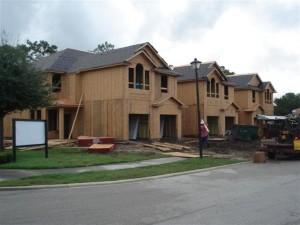 Reserve studies have two main components to them: the physical analysis and the financial analysis. This article focuses on the physical analysis which is also called the site inspection.
Reserve studies have two main components to them: the physical analysis and the financial analysis. This article focuses on the physical analysis which is also called the site inspection.
The site inspection can range from detailed to extremely detailed. The length of the site inspection will depend on how many reserve items are being analyzed. At the site inspection, there are two main focuses of the reserve analyst.
Quantify Reserve Item Components
The first focus of the site inspection is to measure or verify reserve study item components. The reserve analyst will typically use a variety of techniques. Reserve items like pools and building dimensions (for smaller buildings) can typically be measured on-site. Reserve items like roofing may only be partially measured on site. With roofing, the reserve analyst will note the pitch of the roof and may rely on plats or aerials if he cannot accurately measure the roof on site. Other items like streets will also rely on site observation combined with aerials or plats. Finally, less complex reserve items such as pool furniture can be inventoried and evaluated on site.
Determine Condition
The second focus of the site inspection is to evaluate the condition of each of the reserve components. This is an easier task in fairly new developments, but more difficult in older developments. The reserve analyst will look for signs of wear, cracking, or areas of defect on reserve items. He will analyze the level of wear and consider each component to have a percentage of remaining life left. For example, if the reserve analyst is looking at an asphalt shingle roof with some wear but it has not reached its brittle stage yet, he may conclude that it has 40% remaining life left. Since this component has a 20 year life, he may conclude that it has 8 years of remaining life.
Document and Note Findings
As the reserve analyst is conducting the site inspection, he is also taking pictures along the way to document and assess each component. These pictures will also end up in the final reserve study report. The significance to this is that the association will be able to compare photos from the site inspection to future years to see how components have aged or have been maintained.
Gather Information From Others
Additionally, a prudent reserve analyst will always ask the manager or board members for any information they may have regarding the year an item was built, when it was replaced last, or if they have had any construction problems. Obtaining this information can be crucial for the reserve analyst to hone in a problem area and spend more time analyzing or talking about a course of action with the board or manager.
As you can see, a site inspection is a critical part of the reserve study process. It is the central part to what goes into a reserve study report and how to assess an association’s reserve funding.